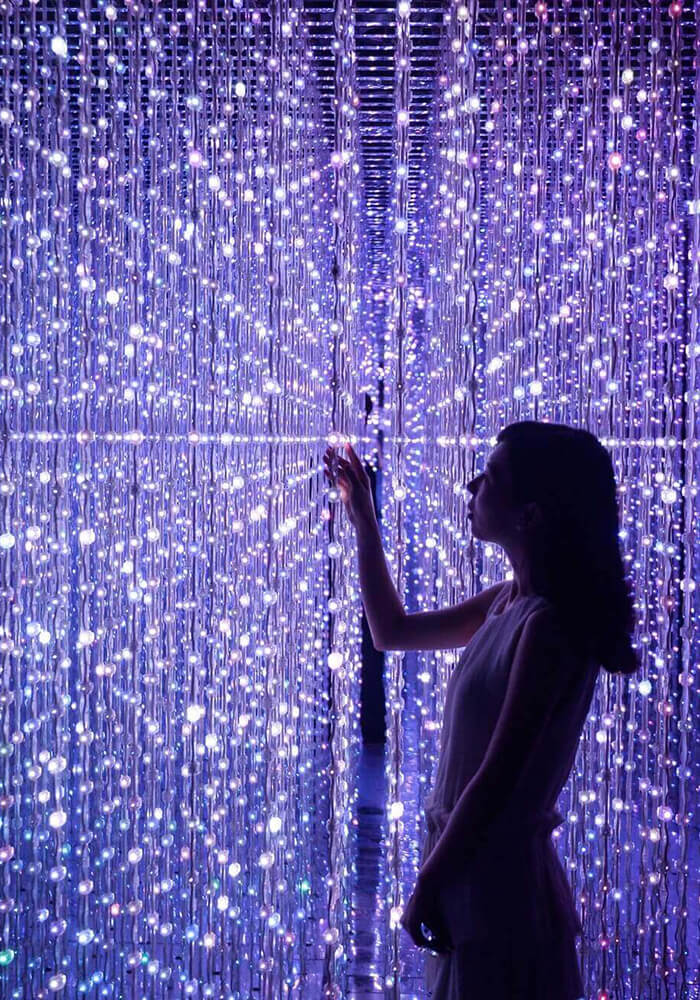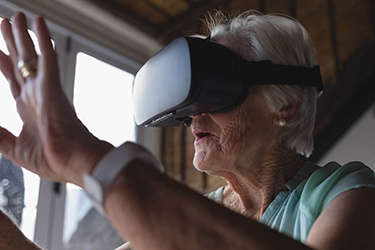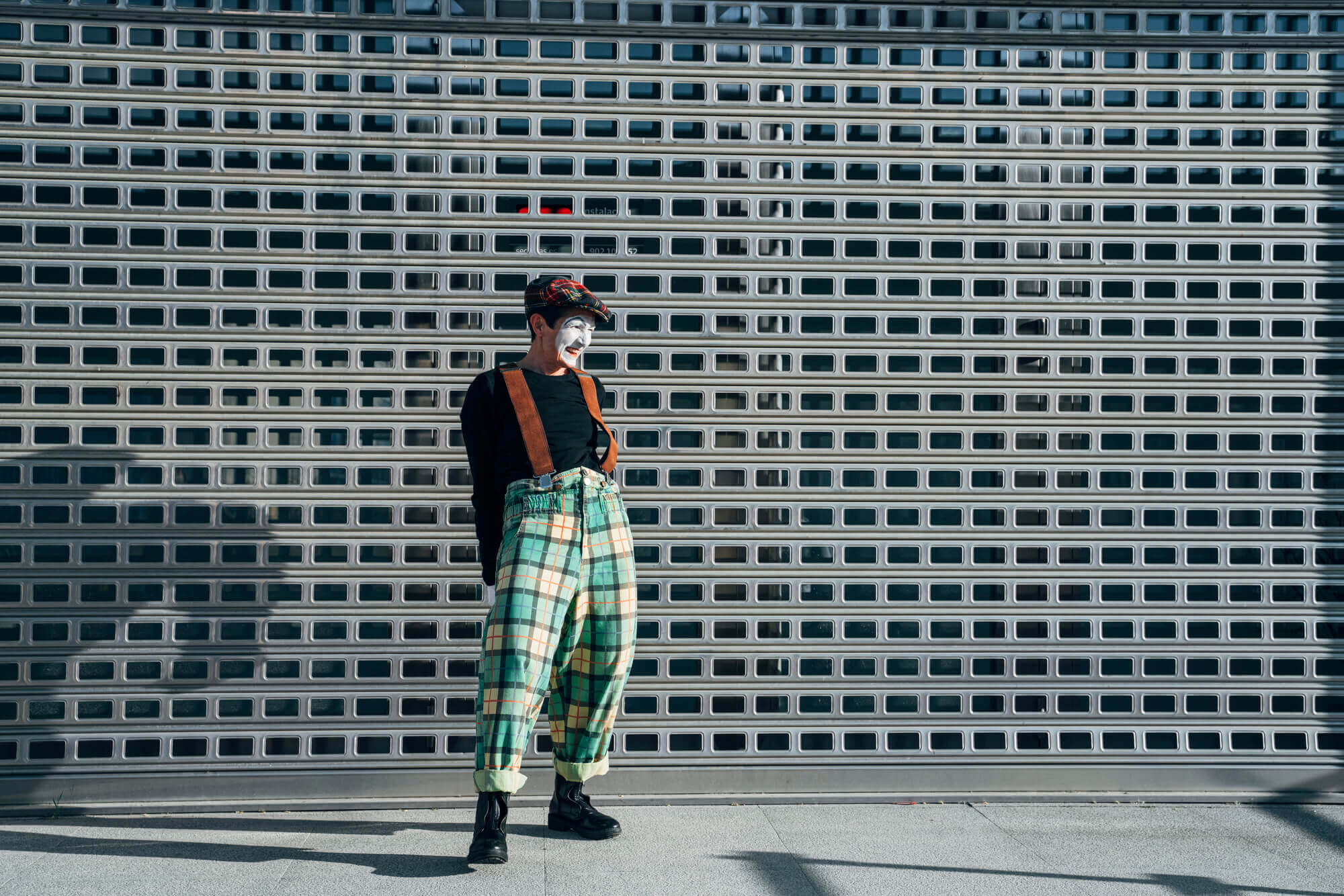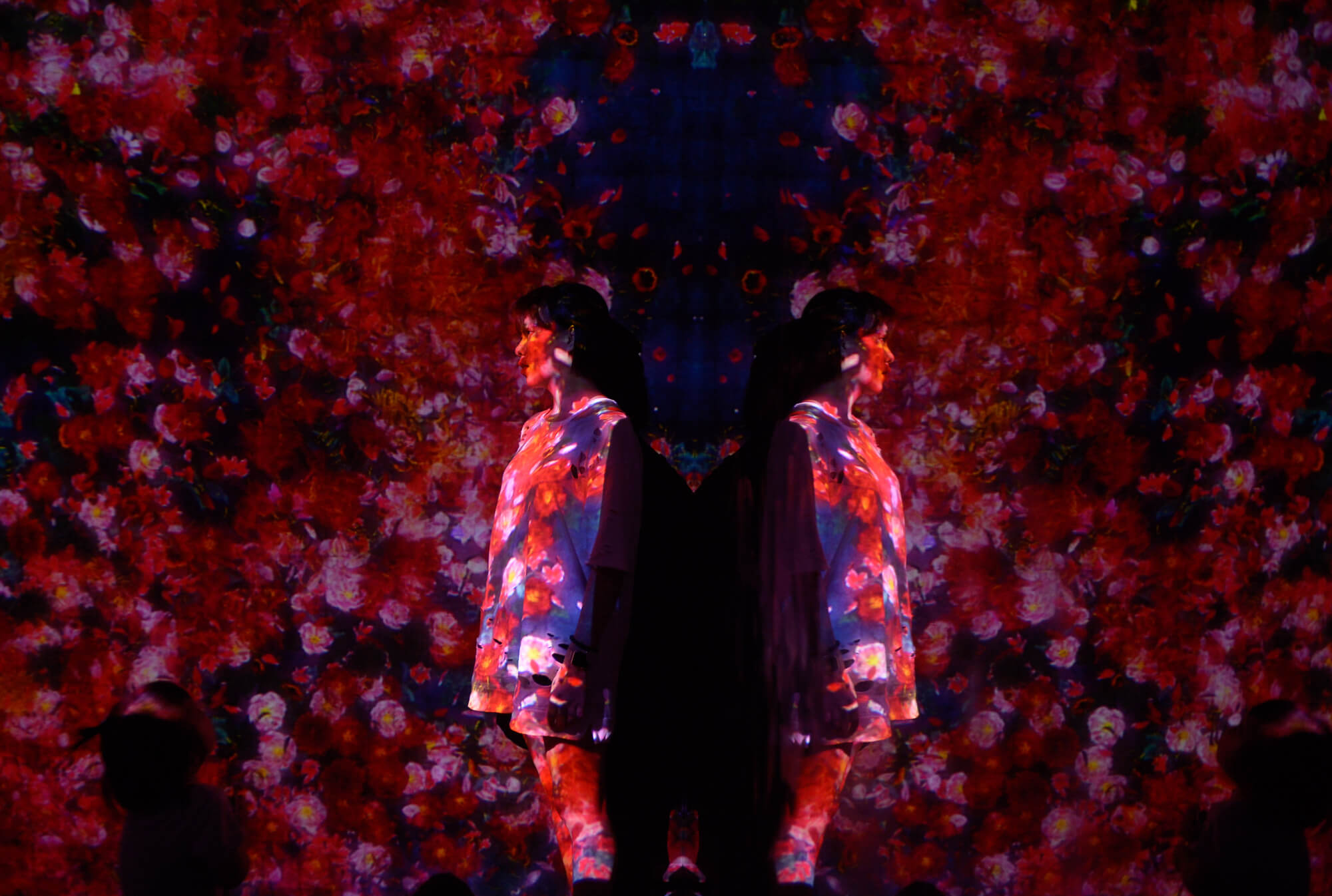





Virtual Empathy
Virtual Empathy
Virtual empathy promoted through online experiences might be the quickest way to deliver an important message, modify consumer habits, and accelerate change. Stories that brands tell using VR, AR, and MR should be more candid and authentic, rather than just visually appealing.
Companies and individuals should design interactive scenarios, in which a user plays the central role and receives a multi-sensorial experience, like in the real world. Fully immersing into an ecological disaster’s aftermath, regional conflicts, or everyday life in a different corner of the world can make an audience relate in a better way. They become more empathic to local issues and the global challenges we face.
Playful physics-based animations and ultra-realistic 3D renders will continue to be a thing, but artists will seek to distinguish their work by using real-world data. By capturing our surroundings in different ways, we can push visual and conceptual narratives in new and thought-provoking ways.
Mobile phones with LiDAR and similar technologies allow you to scan and analyze your surroundings to extract 3D data. Apart from getting the exact data on what your surroundings look like, it also enables really interesting ways of executing UI elements in AR experiences.
We will see a lot of new visual styles built on technology where you capture something real, and build upon it in different ways. It can be something as simple as feeding wind data into Houdini to let that data drive your styled animations. Regardless of how it looks, it makes everything feel more tangible and interesting.

















.svg)
.svg)

.svg)
.svg)

.svg)




